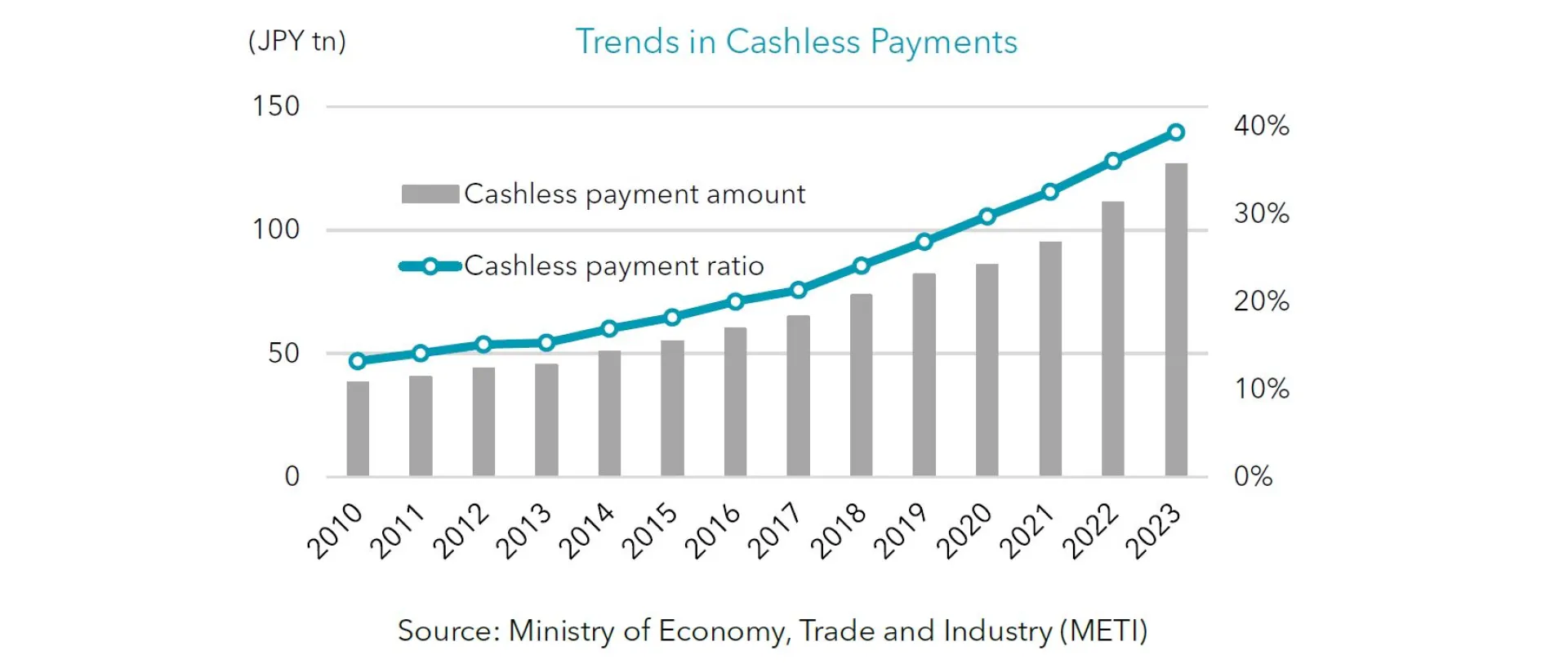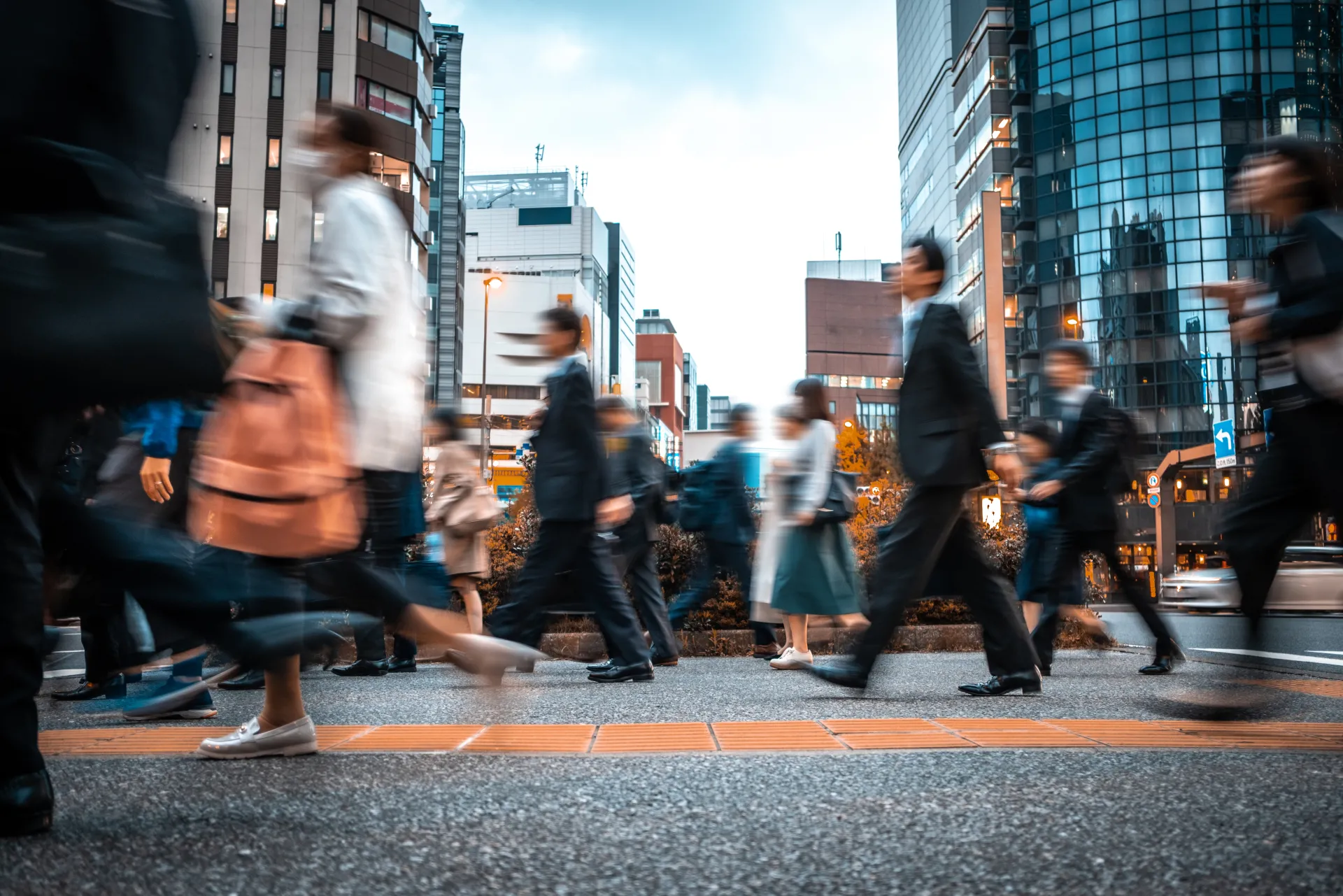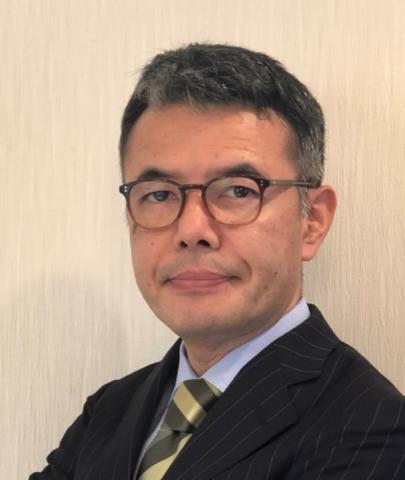Coffee Break Column
Did you know that this summer new banknote designs will be introduced in Japan for the first time in 20 years?
Although cashless payments have belatedly come to account for 39% of total payments, there are still some restaurants in Japan that only accept cash. Cash remains an essential part of shopping in Japan. Three new types of banknotes will be issued on July 3rd. It is said that the design of a banknote represents a country's character and the era that it is in. The introduction of new banknotes this summer will herald the arrival of a new Japan.

The three banknotes will feature the portraits of three individuals (Eiichi Shibusawa, Umeko Tsuda and Shibasaburo Kitasato) who were active mainly during the Meiji era (1868–1912). This was a time when Japan was seeking to reinvent itself after more than 200 years of national isolation by adopting western institutions and culture. These three figures were instrumental in the modernisation of Japan in their respective fields, and above all, they were people with an eye on the rest of the world.
The Portraits of the Three People who ushered in the New Era
First, let us take a look at the new banknotes that will come into circulation in July.

The face of the new 10,000-yen bill is the industrialist, Eiichi Shibusawa (1840-1931) who was involved in the establishment of about 500 companies, including the First National Bank (now Mizuho Bank) and the predecessor of the Tokyo Stock Exchange. He is considered the father of Japanese capitalism. The reverse side depicts the Marunouchi Station Building of Tokyo Station, an important cultural property completed in 1914 and a popular tourist attraction today.

On the new 5,000-yen bill is the educator, Umeko Tsuda (1864-1929) who went to the U.S. at the age of six as Japan's first female dispatch student. After returning to Japan, she devoted herself to women's higher education, including founding what is now Tsuda University. She is considered a pioneer of women's advancement in Japan. On the reverse side is a wisteria flower, which has been loved by the Japanese since ancient times.

The face of the new 1,000-yen bill is the bacteriologist, Shibasaburo Kitasato (1853-1931). Known as the father of modern Japanese medicine, Kitasato is famous for being the first in the world to succeed in the pure cultivation of tetanus and for discovering bacillus, the harmful agent in the bubonic plague. The reverse side is one of the "Fugaku Sanjurokkei (Thirty-six views of Mt. Fuji)" woodblock prints by the world-famous ukiyo-e artist Hokusai Katsushika. This famous piece of artwork has become synonymous with Japan and is instantly recognisable across the globe.
Technology and Ingenuity incorporated into the new Banknotes
While banknote forgery is a common trope in novels and cinema, it is also prevalent in the real world. The new banknotes feature advanced technologies domestically developed in Japan to prevent counterfeiting. One of the new features is a 3D hologram, the first of its kind to be used on banknotes. The portrait appears three-dimensionally and the orientation of the portrait changes depending on the angle from which the bill is viewed. A colour copier would not be able to reproduce such elaborate images.

In addition, for the first time, Arabic numerals are to be displayed larger than the Chinese numerals commonly used in Japan as part of a universal design. It is believed that this may reduce the number of foreign tourists accidentally mistaking a 10,000-yen bill for a 1,000-yen bill.
The Curious Relationship between Monetary Policy and the New Banknotes
Japanese banknotes are issued by the Bank of Japan (BOJ), the central bank, but are actually printed at a factory under the jurisdiction of the Ministry of Finance. However, when it comes to currency intervention, which has recently received a lot of attention in the foreign exchange market, the Japanese Ministry of Finance makes the decisions and the Bank of Japan buys and sells currency in the market, so the roles are reversed.
Former BOJ Governor Kuroda called it "monetary easing of a different dimension" and supplied a flood of money to the market by buying large amounts of government bonds. In other words, he "printed lots of bills” like a rotary press. The timing of the updated banknotes following new BOJ Governor Ueda lifting negative interest rates, bringing an end to the unorthodox monetary policy, seems like a fitting connection.
If you are in Japan this summer, please take note of the new banknotes!
All photos are from the website of the National Printing Bureau, an independent administrative agency under the jurisdiction of the Ministry of Finance.

